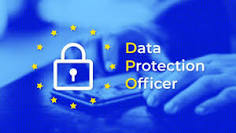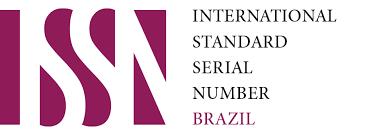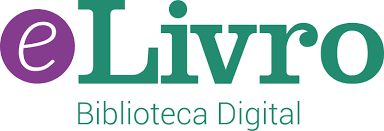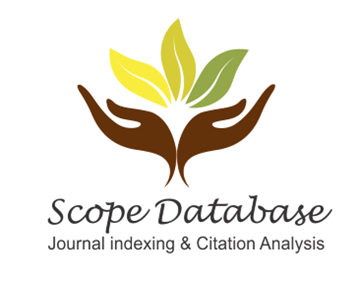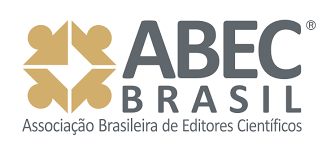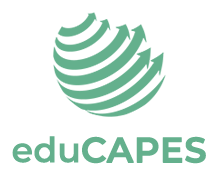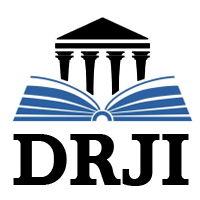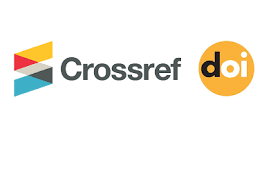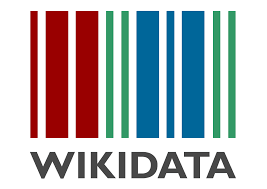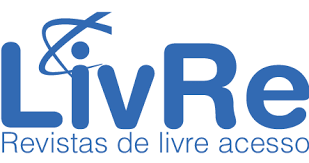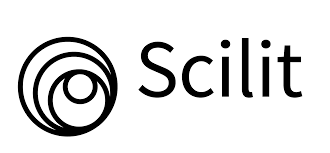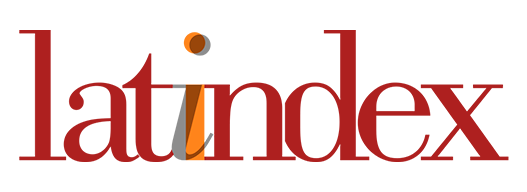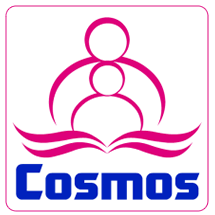BEHAVIOR OF THE SQUARE WAVE IN BIOLOGICAL STRUCTURES
DOI:
https://doi.org/10.47820/jht.v1i2.14Keywords:
Electroceuticals; bioelectronics; square waveAbstract
This study is to experimentally investigate the behavior of quadratic waves in biological structures. Transcutaneous frequency stimulation was regulated so that the system provided high frequency and low electrical voltage to observe possible changes in deeper layers of the anatomical structure analyzed. Electrodes were positioned from the dermis and probing electrodes were positioned at the subdermal, intradermal, skeletal muscle, periosteum, endosteum, and medulla levels. A function generator connected to a digital oscilloscope produced a square wave of 33 kHz at 10µs pulse speed and voltage of 16 volts DC. A voltage decay was observed as the signal reached deeper layers of different tissues. However, the frequency of 33 kHz remained uniform even at the bone marrow level. This observation opens the way for the application of the square electronic frequency as a stimulus for drug activation.
Downloads
References
Akiyama H, Heller R. Bioelectrics. 01st ed. Hidenori A, Heller R, editors. Norfolk: Springer; 2017. DOI: https://doi.org/10.1007/978-4-431-56095-1
Garcia EAC. Biofísica Sarvier , editor. São Paulo: Sarvier; 2002.
Majid A. Electroceuticals: Advances in electrostimulation therapies. 01st ed. Majid A, editor. London: Springer; 2017. DOI: https://doi.org/10.1007/978-3-319-28612-9
Grill WM. Model-Based Analysis and Design of Waveforms for Efficient. HHS. 2015 Sep 04; 1(222): p. 147–162. DOI: https://doi.org/10.1016/bs.pbr.2015.07.031
Kaniusas E, Tittgemeyer M, Panetsos F, Ginés RF, Kiss A, Podesser BK, et al. Current directions in the auricular vagus nerve stimulation II - An engeneering perspective. Frontiers in Neuroscience. 2019 Jul 24; 1(15): p. 772. DOI: https://doi.org/10.3389/fnins.2019.00772
Long Y, Li J, Yang F, Wang J, Wang X. Wearable and Implantable Electroceuticals for Therapeutic. Advanced Science. 2021 Feb 19; 1(1): p. 1-22.
Horowitz P, Hill W. A Arte da Eletrônica. 3rd ed. Pertence Jr. A, editor. São Paulo: Bookman; 2017.
Plonsey R, Barr RC. Bioelectricity: A quantitative approch. 3rd ed. Springer , editor. New York: Springer; 2007.
Barnes F, Greenbaun B. Biological and Medical aspects of Electromagnetic Fields. 4th ed. Barnes F, editor. Boca Raton: CRC Press; 2019. DOI: https://doi.org/10.1201/9781315221557
Allen MJ, Cleary SF, Hawkridge FM. Charge and Field Effects. 1st ed. Press P, editor. Richmond: Plenum Press; 1989. DOI: https://doi.org/10.1007/978-1-4613-0557-6
Nelson P. Física Biológica. 1st ed. Paulo AFD, editor. Rio de Janeiro: Guanabara-Koogan; 2006.
Löffler S, Melican K, Nilsson KPR, Richter-Dahlfors. Organic bioeletronics in medicine. Journal of Internal Medicine. 2017 Feb 09; 1(282): p. 24-36. DOI: https://doi.org/10.1111/joim.12595
Hyder I, Eghbalsaied S, Kues WA. Systematic optimization of square-wave electroporation conditions for bovine primary fibroblasts. BMC Molecular and Cell Biology. 2020 Feb 28; 1(09). DOI: https://doi.org/10.1186/s12860-020-00254-5
Levin M, Adams D. Ahead of the curve. 01st ed. IOP , editor. London: IOP; 2016.
Masuelli S, Real S, Campoy E, Branham MT, Marzese DM, Salomon M, et al. When left does not seem right: epigenetic and bioelectric differences between left- and right-sided breast cancer. BMC. 2022 Feb 05; 1(25): p. 2-16. DOI: https://doi.org/10.1186/s10020-022-00440-5
SCHOFFENIELS E, NEUMANN E, EIGEN M, PRIGOGINE I. MOLECULAR ASPECTS OF BIOELECTRICITY. 01st ed. SCHOFFENIELS E, NEUMANN E, editors. Munchen: PERGAMON PRESS; 1980.
FURSE C, CHRISTENSEN DA, DURNEY CH. BASIC INTRODUCTION TO BIOELECTROMAGNETICS. 2nd ed. CRC , editor. Boca Raton: Library of Congress Cataloging-in-Publication Data; 2008. DOI: https://doi.org/10.1201/9781420055436
Downloads
Published
How to Cite
License
Copyright (c) 2022 Journal Health and Technology - JHT

This work is licensed under a Creative Commons Attribution 4.0 International License.
The copyright of published articles belongs to JHT, and follows the Creative Commons standard (CC BY 4.0), allowing copying or reproduction, as long as you cite the source and respect the authors' rights and contain mention of them in the credits. All and any work published in the journal, its content is the responsibility of the authors, and RECIMA21 is only responsible for the dissemination vehicle, following national and international publication standards.

 Clique para ver detalhes
Clique para ver detalhes 




